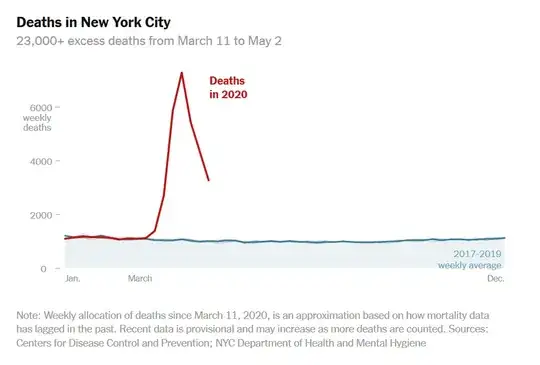There is a study from the Yale School of public health that attempted to study this carefully, but their analysis was restricted to March through April 4. Here is a newspaper article describing the study.
The basic answer to your question is "probably yes," but the situation is somewhat cloudy. The study found that excess deaths were about double the number recorded as covid. Many/most of these may actually be deaths due to covid that weren't recorded as such, but many may also be deaths of people who were afraid to go to the hospital, or who couldn't get appropriate care because hospitals were trying to clear the decks for covid patients. They may therefore have died from things like appendicitis or cancer that wasn't properly treated. For example, there are projections that the cancer death rate in England could go up 20% because people aren't getting proper care. There has been an unusually low number of people showing up in ERs with heart attacks, strokes, and other problems. This is not believed to be because people aren't having strokes. It's probably that they're having strokes but staying home, and either living or dying.
An additional complicating factor is that because people are staying home, they may not be dying as often from causes such as gunshots or traffic accidents.
For this reason, it is not a valid methodology just to subtract deaths from time-averaged deaths and conclude that you have measured the number of deaths from covid, as in the graph shown in the answer by Daniel R Hicks. That method of analyzing the data may overestimate deaths from covid, possibly by some fairly big percentage. However, the large spike shown in that graph (from a time period later than the one covered by the Yale study) is, I would think, almost certainly an indication that at least for some short time in NYC, the true covid death rate was a multiple of the normal death rate.
